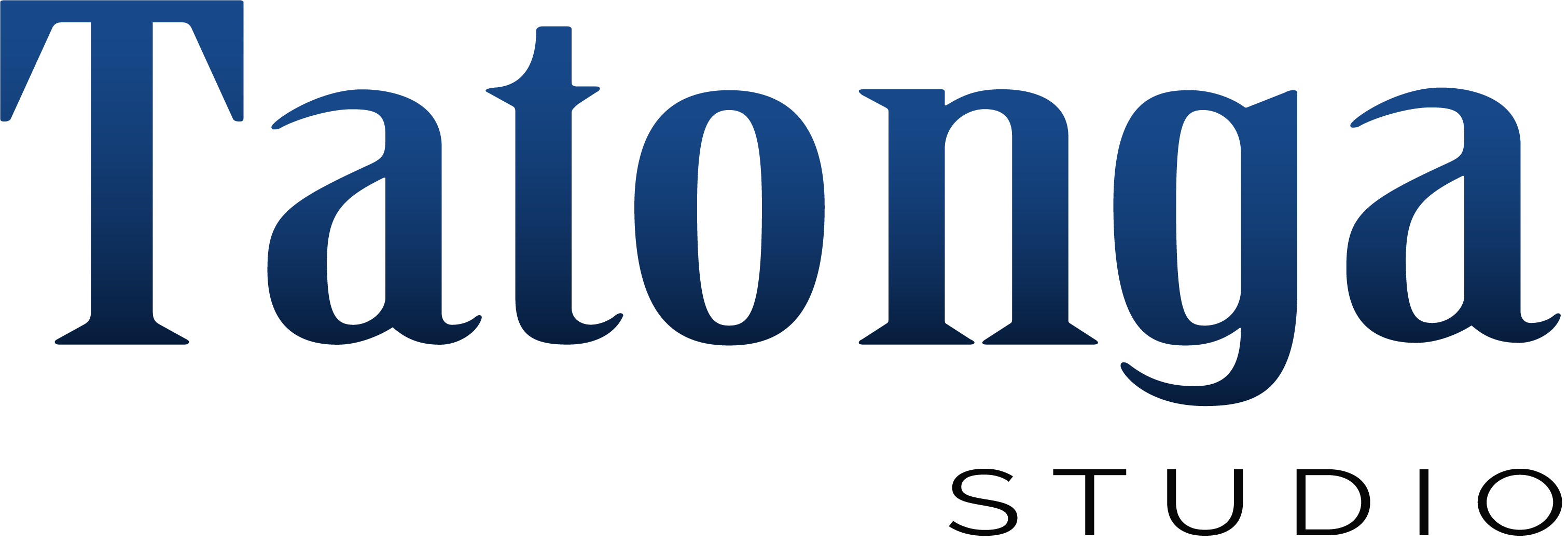Consciously design online content to your end user.
Make it count. Make it relevant.
The idea of Constructivist Design is to use personal context of the learner to increase interest, engagement and understanding. Constructivist Design maintains that students learn better if they have personal perspective or connection to the materials because learners approach learning with already formulated knowledge, ideas, and understandings. So, if we can connect these new ideas and previously existing memories, we can dramatically increase the likelihood of retaining what is learned and add meaning to learning.

Give them control of what they learn.
It is said that the best form of learning is through teaching what you know. Therefore, if we can offer learning with carefully curated information that allows a learner to take control, discover the content themselves, explore their own experiences, and create personal connections, then the learner will come to their own conclusions and have found solutions to their learning outcomes.
As Instructional Designers, we can use the theory of Constructivist Design to focus on the learner, not the subject or lesson. There is a bit of a design thinking approach to constructivism where the user is the focus and as the designer, we need to be empathetic to their learning needs and interests. Our job is to create or curate content that the learner can interpret in their own setting, with the knowledge they already have, and in their specific role.
Design Thinking approach.
At Tatonga Studio, relevance is a word often used when starting a content piece. We strive to ensure all pieces of the content are relevant to the audience so that they can relate to it more easily and get more out of their learning. We start by assessing who our user will be, what platform they will use, what their existing knowledge is, and what their end goal is. This will help us understand some personal context, but not all. We still need to support that each learner will learn in their own way and with varying experiences. We do this by:



Recent Comments